Midcontinent grid operator MISO has told developers of solar and other generating projects that it is working with software developer Pearl Street Technologies to integrate the firm’s software into its phase 1 study process for the next cluster of projects seeking interconnection in the MISO region.
The software will “fully automate” the phase 1 process, said Pearl Street CEO and Co-Founder David Bromberg, in a filing to the Federal Energy Regulatory Commission (FERC) in advance of a commission workshop on “Innovations and Efficiencies in Generator Interconnection.”
The “first-of-its-kind endeavor,” Bromberg said, will “transform a study process that takes months into a single-day study.” The “production quality” software will debut in 2025, he said, and aims to set “a new standard” for study automation in transmission planning and generator interconnection.
Pearl Street says its partnership with MISO represents the “largest-ever investment” in interconnection study automation made by a transmission provider.
Cody Doll, senior manager of transmission business management at NextEra Energy Resources (NEER), told FERC the firm is “hopeful” that MISO can complete full integration of Pearl Street’s SUGAR software, “including automated analysis, mitigation, and cost allocation,” by February 2025 “as planned.” NEER is the competitive power subsidiary of NextEra Energy.
MISO said in August that its review of 123 GW of interconnection requests in the 2023 cycle would be deferred until 2025.
Inertia
Doll said that NEER had previously spoken with grid operator SPP, Amazon Web Services and Pearl Street to support automation of SPP’s interconnection queue process, and that SPP is now using the SUGAR model to automate model building.
Responding to a question from FERC on the challenges to adoption of automation for interconnection studies, and what the commission could do to support automation, Doll said that broader adoption of automation is impeded by “inertia” on the part of grid operators and “the lack of commitment of time and money to develop it.”
He said that following FERC’s dedicated panel on automation at its two-day workshop, the commission could “perhaps apply soft pressure through a subsequent commission policy statement.” The commission should focus, he said, on “progressing” automation as a solution for grid operators “with significant queue delays.”
Anton Ptak, director of transmission and interconnection for EDF Renewables, cautioned in a FERC submittal that “if existing processes are failing, using automation to replicate those existing processes would just equate to getting bad results more quickly.”
As one example, he said that “the need to form in-ground transmission solutions early in the study process may be over-engineering the process. These solutions are thrown out weeks after they are finalized, and only used to determine the costs for the queued projects to remain in the study process. In regions with a three-phase process, this is done not just once but at least two or three times. This is most often a tremendous waste of time and resources.”
This content is protected by copyright and may not be reused. If you want to cooperate with us and would like to reuse some of our content, please contact: editors@pv-magazine.com.
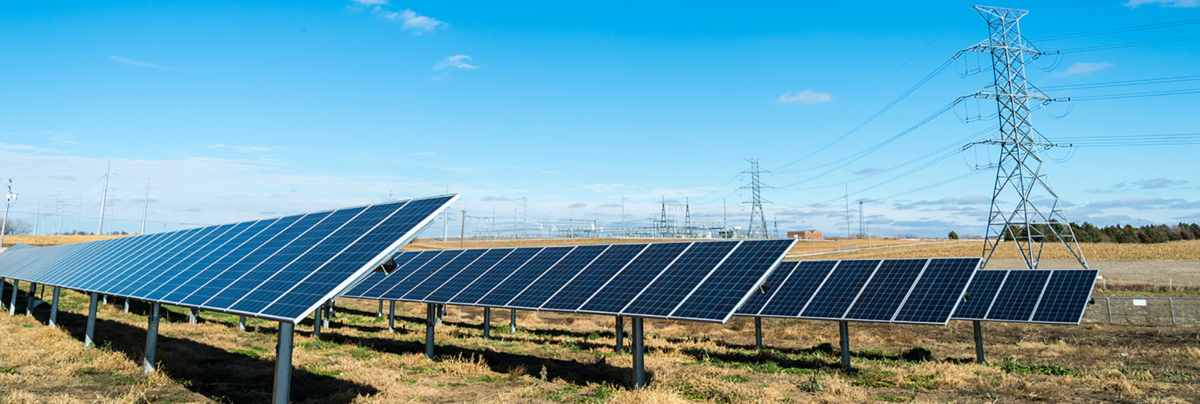
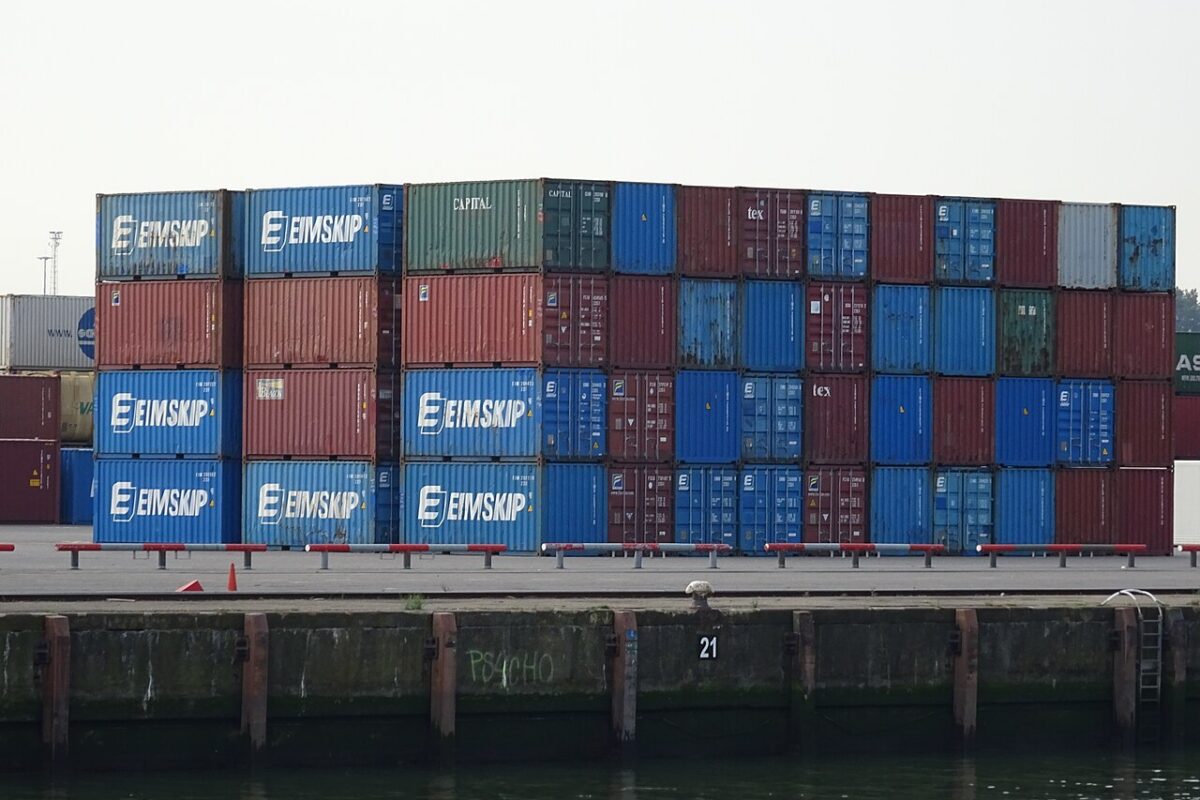

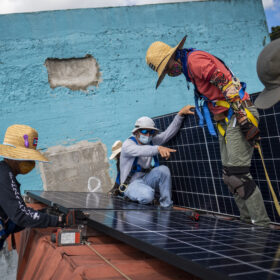

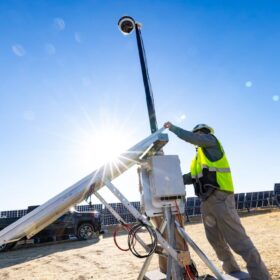
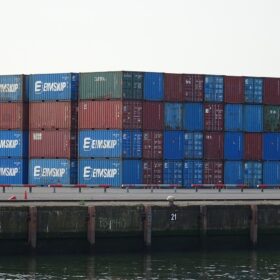

By submitting this form you agree to pv magazine using your data for the purposes of publishing your comment.
Your personal data will only be disclosed or otherwise transmitted to third parties for the purposes of spam filtering or if this is necessary for technical maintenance of the website. Any other transfer to third parties will not take place unless this is justified on the basis of applicable data protection regulations or if pv magazine is legally obliged to do so.
You may revoke this consent at any time with effect for the future, in which case your personal data will be deleted immediately. Otherwise, your data will be deleted if pv magazine has processed your request or the purpose of data storage is fulfilled.
Further information on data privacy can be found in our Data Protection Policy.